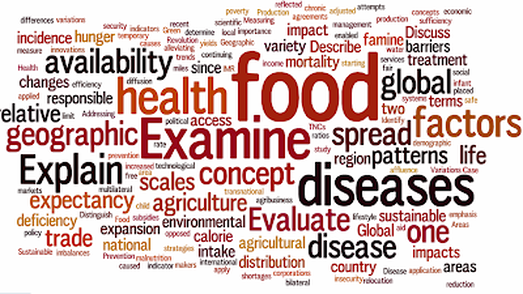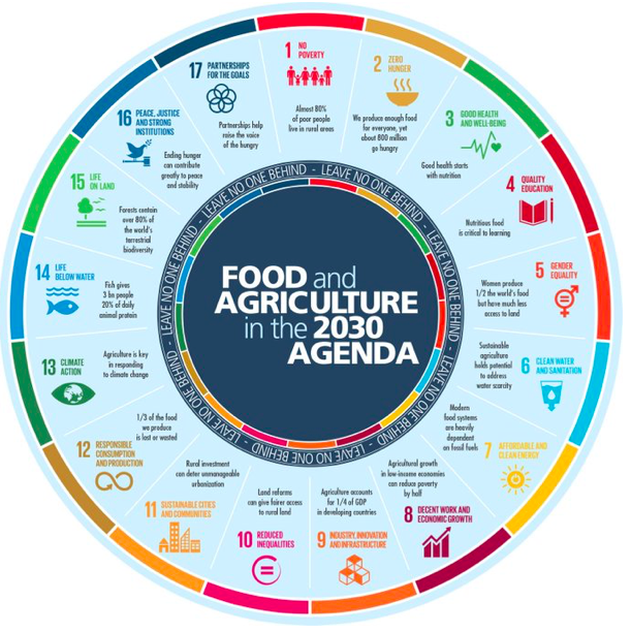Option F: Food and Health
Introduction:
This optional theme looks at the geography of food and health. Economic development is often accompanied by dietary change and an epidemiological transition in which diseases of poverty become less common and diseases of affluence more common; however, this transition does not apply equally to all sectors of society.
Neither food nor health is easy to “measure”, so alternative indicators of food and health are considered. There are many interactions between, and shared influences on, food and health. The role of gender, TNCs and national governments in both food and health provision is considered. This topic considers alternative ways of assessing agricultural sustainability alongside possibilities for improving food supplies and global health over the long term.
Through study of this optional theme, students will develop their understanding of processes, places, power and geographical possibilities. They will additionally gain understanding of more specialized concepts including some, such as diffusion and barriers, which are applicable to both food production systems and the spread of diseases. Sustainability is considered in relation to long-term food production.

|
|
|


